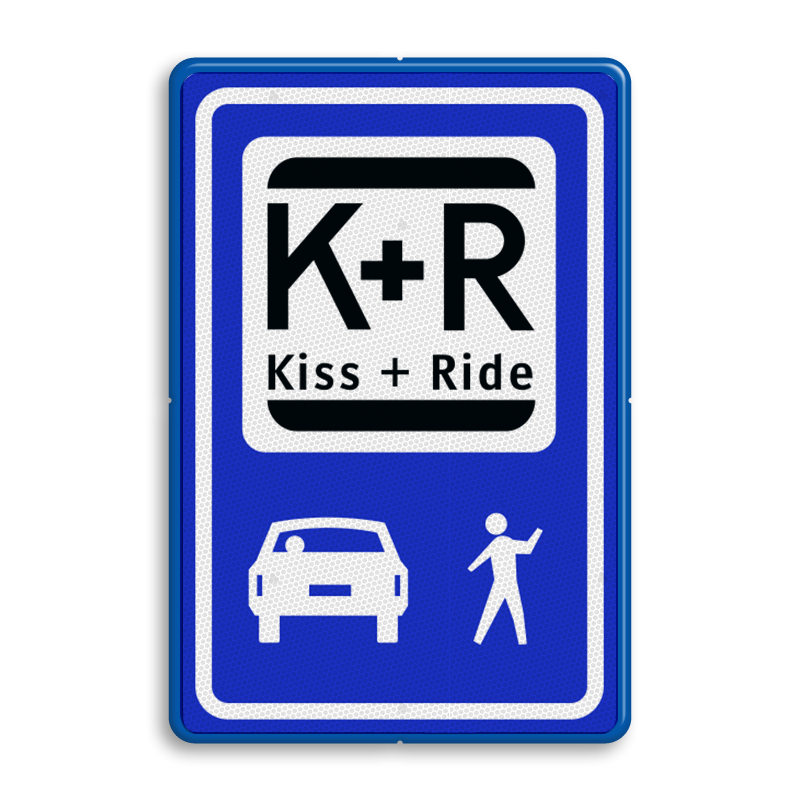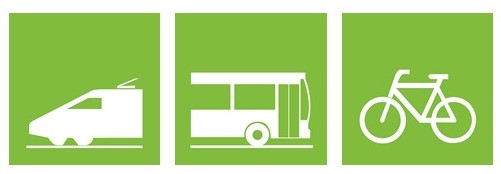Mobility hubs
Mobility hubs are busy places where travellers arrive and depart by different modes of transport, such as bicycle, car, train, or plane. Mobility hubs help cities to be accessible and liveable. Q-Park wants to help customers complete their journey as conveniently as possible so this is the place to provide additional services for car parking customers.
Besides ample parking facilities with the Q-Park signature features, fundamental services such as AEDs and toilets are available too. These services contribute to the customers’ sense of safety and convenience, and help make cities more accessible and liveable.
Mobility hubs also feature:

Kiss + Ride zones: Customers can park here for a brief period to drop off or pickup family and friends, or a ride share. These facilities have a longer grace period so customers don’t have to worry about overstaying their welcome.
Lockers: Customers can leave luggage and shopping while they use the amenities in the vicinity.
Parcel walls: These are special lockers filled by parcel delivery services who give their customers a digital key to open the door and thus take delivery of their online purchase. This logistic facility contributes to reducing parcel delivery mileage and emissions, while offering added convenience to customers who order online.
Figure 12 Mobility hubs with Lockers & Pickup points

Services Q-Park provides to increase urban accessibility and liveability include:
Pickup points: as a service, stores in the shopping centre can deliver shopping and/or bulky goods to the pickup point. The customer drives by the pickup point to collect their goods on their way out.
Refrigerated lockers: for groceries and perishable goods. At some inner-city locations this service is used by restaurant suppliers to make early-morning deliveries, avoiding congestion.
Service desks: at facilities which are part of a large amenities complex we have extended the Parking Host function to include a reception or service desk. Here we can give personal service and information, offer loyalty cards and tips for public transport and bike hire. We also look after lost property.
Integrated mobility issues are becoming more important to municipalities. Their primary concern is how to improve accessibility and, at the same time, reduce congestion and CO2 emissions. Integrated off-street parking solutions with public transport and bicycle parking provide answers in the short and longer terms.
Figure 13 Proximity to alternative mobility options

Results
Our proximity to alternative mobility options has increased further, particularly in France, Sweden and Norway. In total we have 119 owned and long-leased parking facilities near a major public transport hub. This means we achieved our 30 percent target in recent years and are right on track to achieve our new and ambitious 2020 target of 40 percent.
